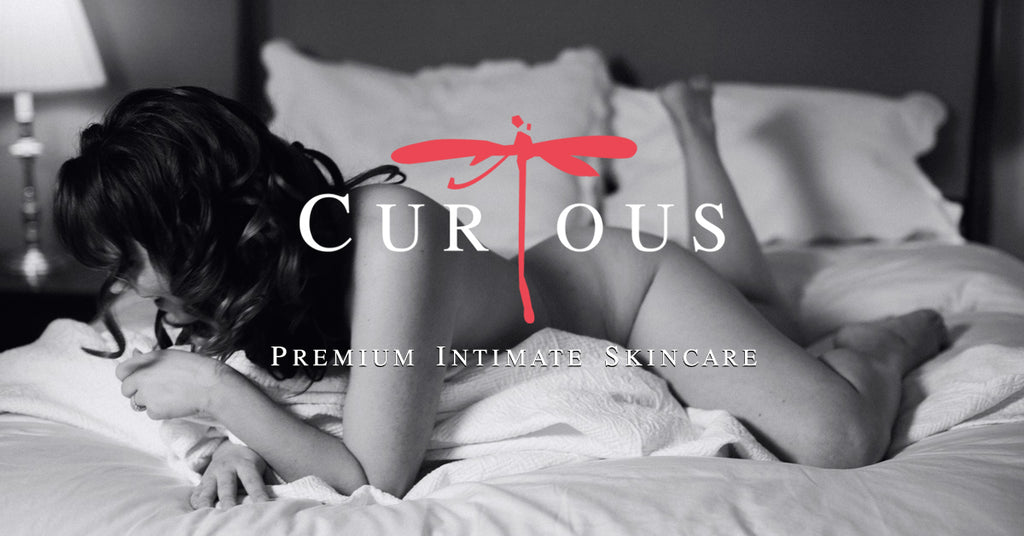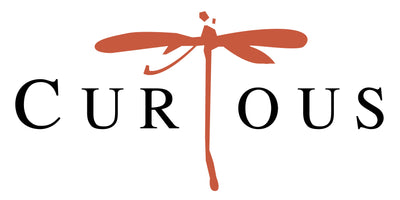The Importance of Pleasure: Part 1 Pleasure Opens Possibilities

Our culture tells us a very powerful story: that sexual desire in long-term relationships is certain to vanish. This narrative leaves us with a heavy expectation of less frequent sex and diminished hunger for our mate. There is an assumption of more disconnection over time, and it provides an easy excuse to explain away an unfulfilling, boring, or dwindling sexual connection as our time together lengthens. While long-term partnership does come with a wealth of complexities that impact sexual desire, the truth is that everyone’s desire changes throughout the course of their lives and relationships. Even with these fluctuations in desire, it is absolutely possible to co-create a fulfilling long-term sensual connection; the key is to actively prioritize pleasure inside of the container of the relationship.
Sexual desire is fluid, it ebbs and flows, waxes and wanes. Throughout our relationships sexual desire cycles through periods of expansion, contraction, and expansion again.
At the beginning of my career, I was producing sexuality events at venues across the country. Although rewarding, the hours were long, the travel schedule was grueling, and my stress levels were high. On top of this, the new-relationship-energy had just run dry with my partner of 2 years. I felt the shift in my exhausted body. I wasn’t initiating sex, I was saying “no” more and more to my partner’s requests, and I didn’t ever feel “in the mood.” Our emotional relationship strengthened, intimacy grew, support and love were flowing in both directions, but we had defaulted to a basic sexual repertoire that seemed to work well enough for both of us. Then it happened, as stressors piled onto my plate, my previously abundant orgasms became elusive, strained, and a challenge to achieve. Little did I know that what seemed like a huge sexual roadblock would open up a world of sexual possibilities…
One of the most important things to understand in the context of a longer partnership is the idea of spontaneous vs. responsive desire. The model of desire that we most often see represented is spontaneous desire, a sudden upswell of lust that moves us toward arousal in anticipation of sexual pleasure. This is common at the beginning of relationships fueled by pheromones, novelty and just enough risk. And for some folks, spontaneous desire is their baseline normal. But for a lot of people, particularly female-bodied people, feelings of spontaneous desire are few and far between.
…Everything that I thought that I knew about my body seemed suddenly different. All of my tried and true methods of feeling desire and bringing about orgasm were falling flat, my partner and my greatest hits were striking out. I was no longer experiencing the lightning bolt of desire at the thought of sex with my love. I was feeling betrayed by my own body, frustrated, and so vulnerable. After sharing this with my partner and working through my shame of feeling like an un-sexy sex educator, I realized that I was so focused on what wasn’t happening in our sex life (my orgasms) that I wasn’t at all present for any of the other pleasurable experiences we were co-creating. I decided to allow myself to be curious about what felt good in the present moment and to let my other pleasurable moments lead the way.
That’s where responsive desire comes in. Responsive desire is a perfectly healthy expression of desire and most people, regardless of gender, experience periods of responsive desire throughout their lifetime. We just don’t hear much about how it works. As opposed to the jolt of sexual electricity that comes spontaneously in anticipation of sexual pleasure, responsive desire emerges in response to sexual, sensual or erotic stimuli. It requires that we find the willingness to explore and play with our eroticism when the opportunity emerges, trusting that our arousal may only be a few sexy moments away.

…With curiosity as my bedfellow, I began to experiment. I realized that needed a space where the stress of the day was tamed. Dim light, sensual music, no electronics. I found that feeling connected to my partner was important, feeling her heartbeat or receiving words of affirmation. I was loving skin-to-skin contact and eye contact. It helped a lot to have an erotic conversation about exactly how we might play that day to ease any expectations, and the opportunity to say yes, or no, to exploring more. When these things were present, and as the sexual stimuli began to build, I was able to relax into the experience, trust my body, and allow my desire the space it needed to find expression.
If you find your desire to be mostly responsive, ask yourself: What environmental factors (lighting, music, privacy) bring me pleasure? What emotional factors (connection, trust, love, stress, risk, etc.) affect my pleasure? What type of physical stimulation do I find pleasurable, even when my desire hasn’t emerged yet? The answers to those questions will be the building blocks to creating a deeply sensual shared experience.
Why is this important to your long-term partnerships? At times when spontaneous desire is absent, learning what conditions arouse responsive desire provide you and your partner with indispensable sexual knowledge of yourselves and your shared eroticsm. With this knowledge, you have the agency to co-create fulfilling sexual play that is more creative, more adventurous, and more of exactly what you want. You can take your attention off of spontaneous desire, or lack thereof, and focus on creating intimate spaces that prioritize pleasure, sensuality, fun, and connection.
I place much value on the time that when I was nonorgasmic. My commitment to my sexual relationship and sexual expression remained strong throughout this time. Since everything I knew about the way I experienced desire shifted, I was able to lean into creativity. I discovered what was working for my body and my erotic mind in each moment and allowed it to change. My partner and I and spent time doing what felt good, with no expectations. I learned more about how to cultivate my pleasure during this time than when I was consistently orgasmic. And with the pressure off and the pleasure high, the orgasmic energy eventually returned with more potency and power. And while I expect my desire to change in the future, what remains consistent in my relationship, even years later, is the foundational practice of prioritizing pleasure. It continues to create opportunities in our relationship for new and inspiring sensual experiences.
It’s this shift to pleasure focused relating that opens up new pathways of erotic ecstasy. Shifting the goal of sexual play away from orgasm puts sensation, sensuality, presence, and fun at the center of your sexual world. This shift gives you permission to weave in new sexual adventures, to learn more about what’s possible in your sexual relationship, to deepen the expression of your partnership through varied and fun physical experiences.
By all means, celebrate orgasms when they happen, learn what kind of touch gives you the most pleasure, and allow the orgasmic experience to exist as part of your erotic life. But there will be times when erections are scarce, arousal is slow, libido is low, and in these moments your sexual relationship doesn’t have to suffer, stall out, or vanish completely. Pleasure is always a possibility, so do what feels good in the moment. Be present. Be available for intimacy.
To learn how to be fully engaged in a deeply pleasurable experience, please read Part 2 of this article, coming soon.

Curious Intimate Skincare collection includes an array of potent medicinal plants that rejuvenate, nourish, and protect intimate tissues in formulas that deeply contemplate the science of a woman’s physiology in tandem with respect for a woman’s sexual needs. Designed to support the healthful function of a woman’s intimate biochemistry, our formulations acknowledge the crucial relationship between cellular health and a balanced microbiome.
Curious Intimate Skincare promotes balanced pH, which plays a vital role in overall vaginal health. We dispense with the troubling ingredients found in conventional products that cause harm or interfere with intimate ecology, while providing an entourage of plant-sourced oils and botanicals that work synergistically to provide cellular structural support and therapeutic phytonutrients. There is quite simply no silkier, lighter, more natural intimate skincare available.
Curious Sexual Wellness and its products and materials are not intended to treat, diagnose, cure or prevent any disease. All materials published by Curious Sexual Wellness are provided for educational purposes only. Please seek the advice of a qualified healthcare provider for any questions you have regarding a medical condition.
Curious is a registered trademark of the Luminary Medicine Company


Comments on this post (0)